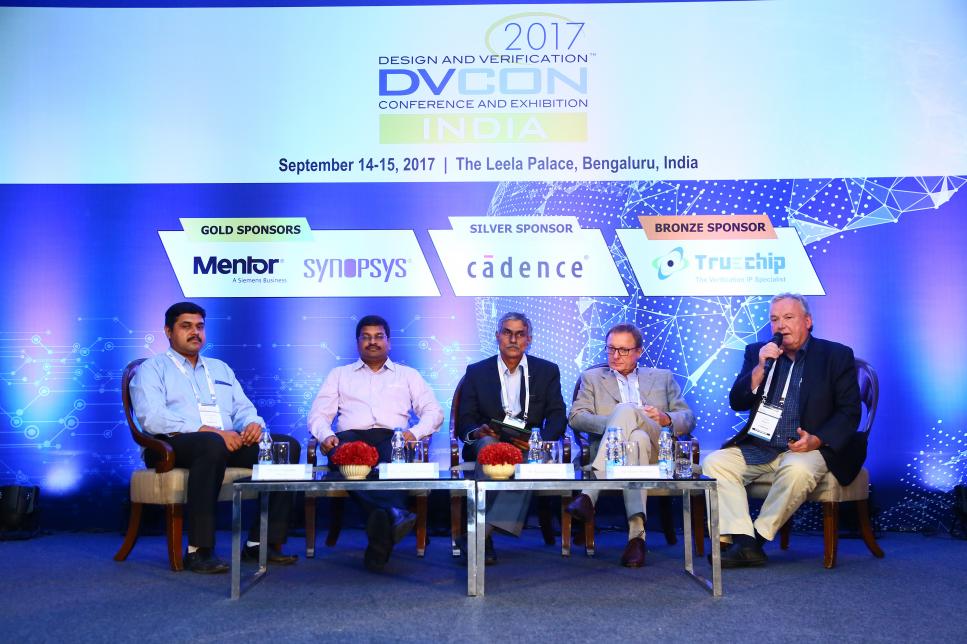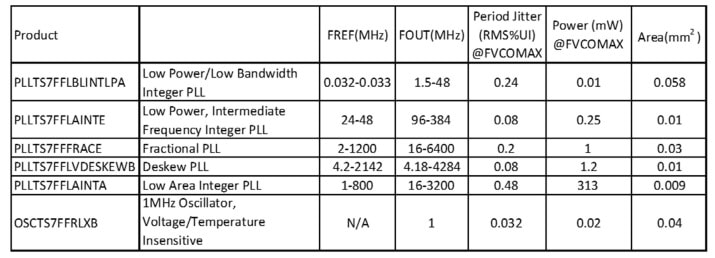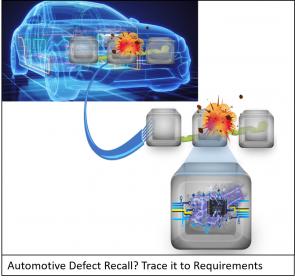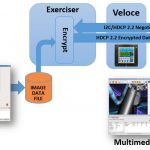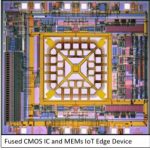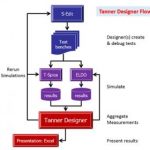You are currently viewing SemiWiki as a guest which gives you limited access to the site. To view blog comments and experience other SemiWiki features you must be a registered member. Registration is fast, simple, and absolutely free so please,
join our community today!
WP_Term Object
(
[term_id] => 159
[name] => Siemens EDA
[slug] => siemens-eda
[term_group] => 0
[term_taxonomy_id] => 159
[taxonomy] => category
[description] =>
[parent] => 157
[count] => 811
[filter] => raw
[cat_ID] => 159
[category_count] => 811
[category_description] =>
[cat_name] => Siemens EDA
[category_nicename] => siemens-eda
[category_parent] => 157
[is_post] =>
)

WP_Term Object
(
[term_id] => 159
[name] => Siemens EDA
[slug] => siemens-eda
[term_group] => 0
[term_taxonomy_id] => 159
[taxonomy] => category
[description] =>
[parent] => 157
[count] => 811
[filter] => raw
[cat_ID] => 159
[category_count] => 811
[category_description] =>
[cat_name] => Siemens EDA
[category_nicename] => siemens-eda
[category_parent] => 157
[is_post] =>
)
The fourth installment of DVCon India took place in Bangalore, September 14-15. As customary, it was hosted in the Leela Palace, a luxurious and tranquil resort in the center of Bangalore, and an excellent venue to host the popular event.
As reported in my previous DVCon India trip reports, the daily and evening traffic in Bangalore… Read More
Designing at 7nm is a big deal because of the costs to make masks and then produce silicon that yields at an acceptable level, and Silicon Creations is one company that has the experience in designing AMS IP like: PLL, Serializer-Deserializer, IOs, Oscillators. Why design at 7nm? Lots of reasons – lower power, higher speeds,… Read More
Next week is ARM TechCon which is one of my favorite conferences (SemiWiki is an event partner). This year is lucky number thirteen for ARM TechCon and it includes more than sixty hours of sessions plus more than one hundred ARM partners in the exposition. I will be signing free copies of our new book “Custom SoCs for IoT: Simplified”… Read More
When it comes to safety and automotive systems, ISO 26262 is the standard by which system vendors are judged. As with all things the devil is in the details. To be compliant to the standard, design teams must have a well-defined and rigorous design and validation process in place that copiously documents all the requirements of their… Read More
What do drones, augmented reality devices, and 4K UHD TV have in common? They all include complex system-on-chips (SoCs) that must encode and decode, in real-time, data for increasingly higher definition video content. Verifying that these SoC designs are functionally correct is quite complex, but they must also function efficiently… Read More
Periodically Mentor does us all a big favor by commissioning a survey of verification engineers across the world to illuminate trends in verification. This is valuable not only to satisfy our intellectual curiosity but also to help convince managers and finance mandarins that our enthusiasm to invest in new methods and tools … Read More
Mentor President and CEO Walden Rhines gave a comprehensive overview of the automotive electronics landscape at the Mentor Integrated Electrical Solutions Forum (IESF) in Plymouth, Mich., this week. A key focal point of Rhines’ comments was the twin industry disruptors: EVs and AVs.
A Texas Instruments alum, Rhines described… Read More
Some of the world’s most complex Systems-on-Chip (SoCs) are being developed for automotive applications. These SoCs have heterogeneous architectures with a variety of processors and accelerators that do real-time image processing for assisted and autonomous driving applications. The Bosch Visiontec team, in Sophia Antipolis,… Read More
In my 34 years in IC and EDA, it never ceases to amaze me as to how ingenious designers can be with what is given them. Mentor, a Siemens business, has released a wonderful white paper that is proof of this yet again. The white paper steps through how one of their customers, MEMSIC, used the Tanner tool suite to develop a combination CMOS… Read More
Large SoC design teams typically have a cadre of project managers to oversee all facets of functional verification — e.g., specification, reviews, directed testbench development, automated (pseudorandom) testcase generation, HDL coverage measurement and reporting, and bug identification/tracking database management.… Read More


